Artemis I prepares for its final test ahead of launch
The first NASA mission to the moon since 1972 is ready for its most crucial test to date. The 322-foot-tall (98-meter-tall) Artemis I rocket stack, including NASA's mega SLS rocket and Orion spacecraft, will begin the wet dress rehearsal Friday. The test is expected to last through Sunday. The results of the test will determine when the uncrewed Artemis I will launch on a mission that goes beyond the moon and returns to Earth. This mission will kick off NASA's Artemis program, which is expected to return humans to the moon and land the first woman and the first person of color on the lunar surface by 2025.
... Once the rocket has been loaded with more than 700,000 gallons (3.2 million liters) of propellant, the teams on Sunday will go through all of the steps toward launch."Liquid hydrogen is at a negative 450 degrees Fahrenheit (negative 268 degrees Celsius), liquid oxygen is negative 273 (negative 169 degrees Celsius), so it's very cold substances," said Tom Whitmeyer, deputy associate administrator for common exploration systems development at NASA Headquarters during the news conference. "I used to participate in this back in the Shuttle Program and it's like watching a ballet. You've got pressure, volume and temperature. And you're really kind of working all those parameters to have a successful tanking operation."
The first NASA mission to the moon since 1972 is ready for its most crucial test to date. The 322-foot-tall (98-meter-tall) Artemis I rocket stack, including NASA's mega SLS rocket and Orion spacecraft, will begin the wet dress rehearsal Friday. The test is expected to last through Sunday. The results of the test will determine when the uncrewed Artemis I will launch on a mission that goes beyond the moon and returns to Earth. This mission will kick off NASA's Artemis program, which is expected to return humans to the moon and land the first woman and the first person of color on the lunar surface by 2025.
... Once the rocket has been loaded with more than 700,000 gallons (3.2 million liters) of propellant, the teams on Sunday will go through all of the steps toward launch."Liquid hydrogen is at a negative 450 degrees Fahrenheit (negative 268 degrees Celsius), liquid oxygen is negative 273 (negative 169 degrees Celsius), so it's very cold substances," said Tom Whitmeyer, deputy associate administrator for common exploration systems development at NASA Headquarters during the news conference. "I used to participate in this back in the Shuttle Program and it's like watching a ballet. You've got pressure, volume and temperature. And you're really kind of working all those parameters to have a successful tanking operation."
It is nice when we build rockets that don't carry bombs.

So, the Saturn 5 was just a big kerosene heater!

Gassho, J
STLah



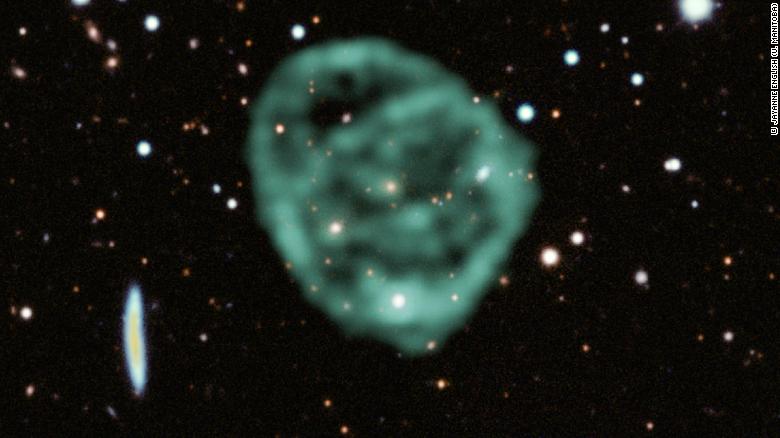
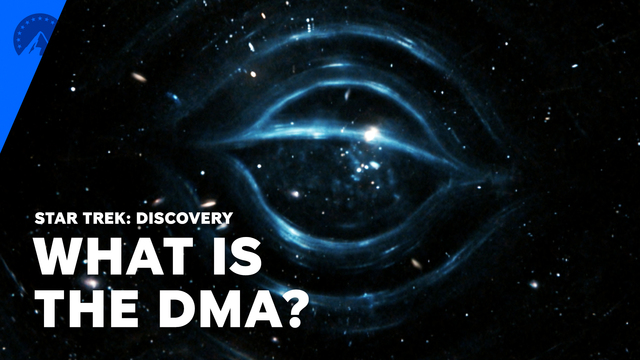
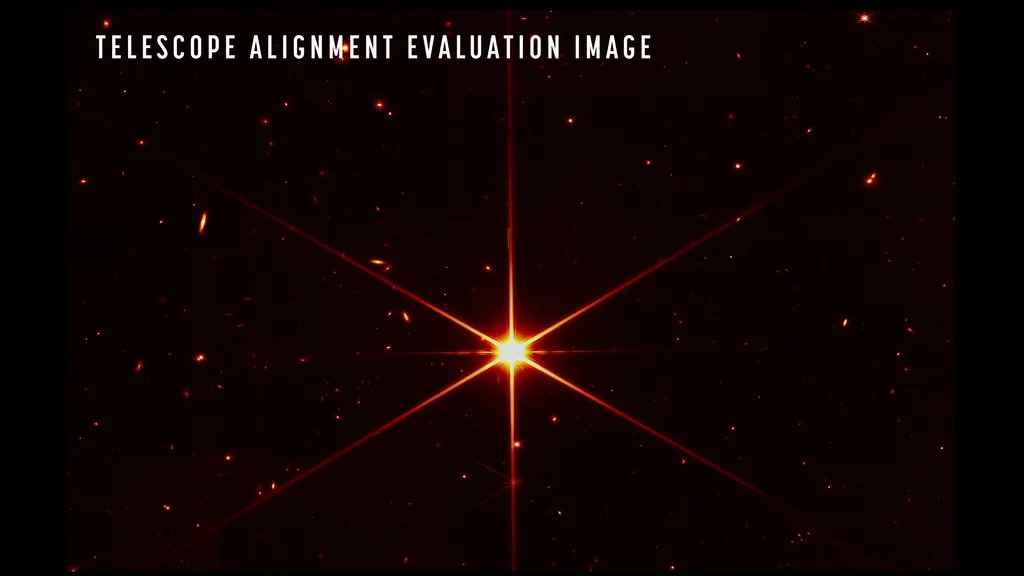
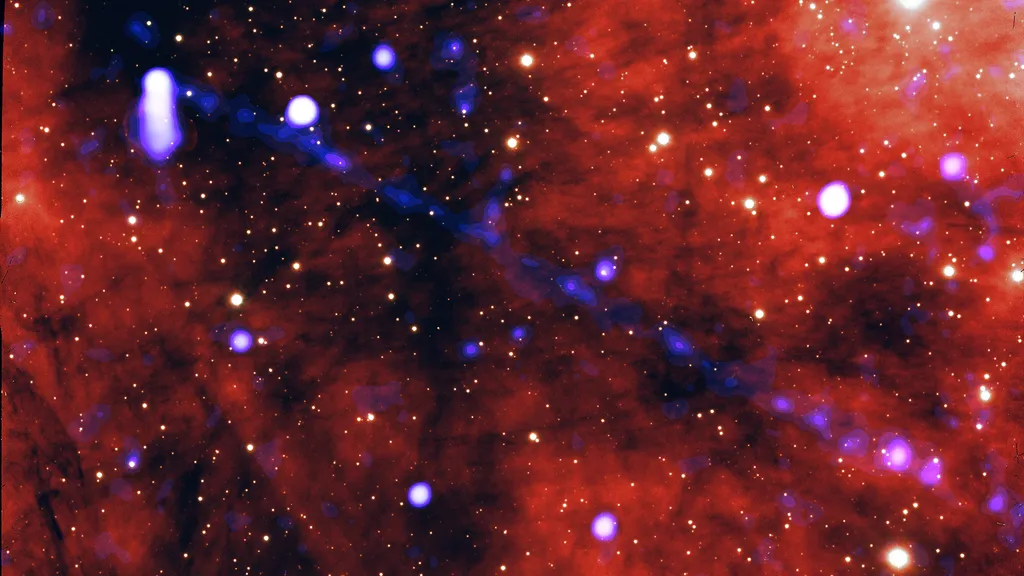

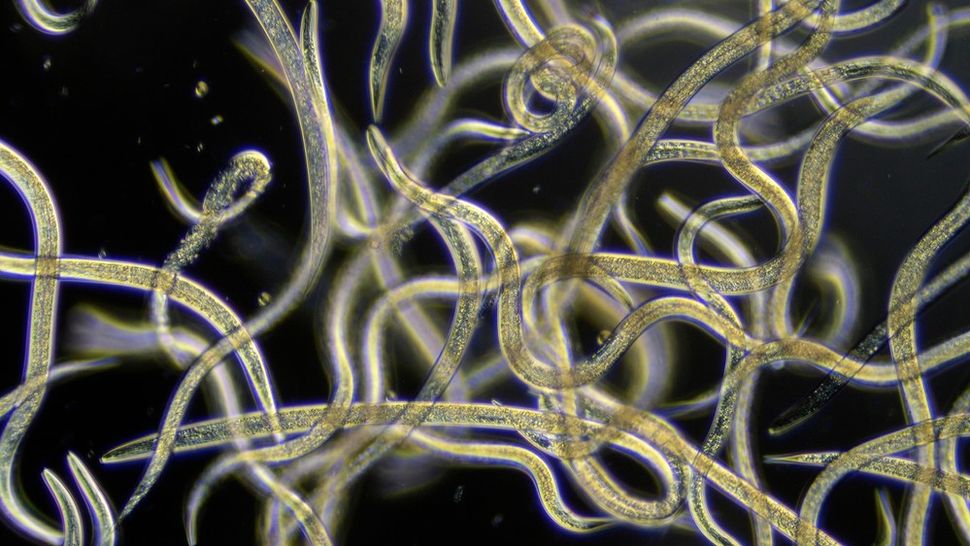
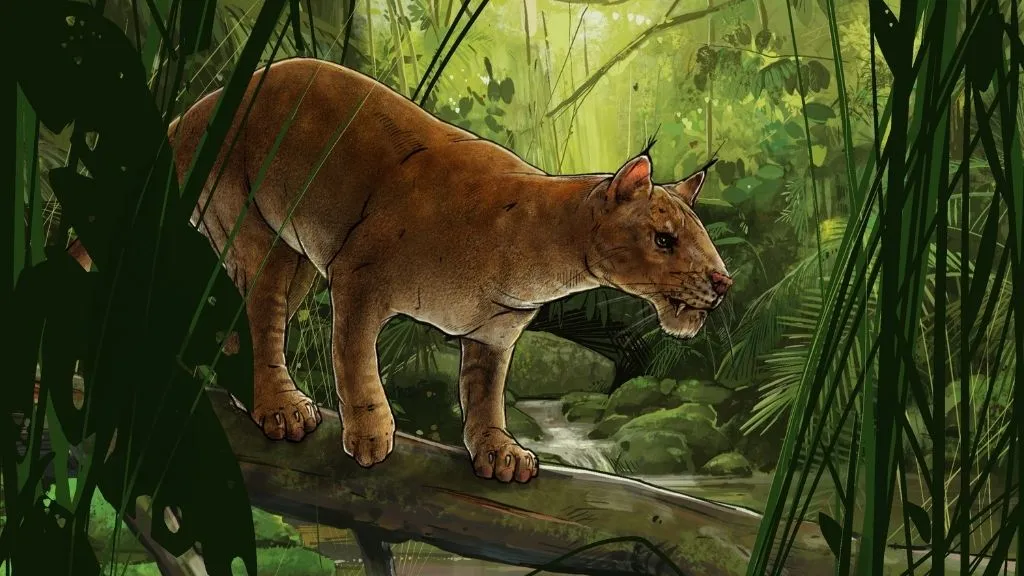
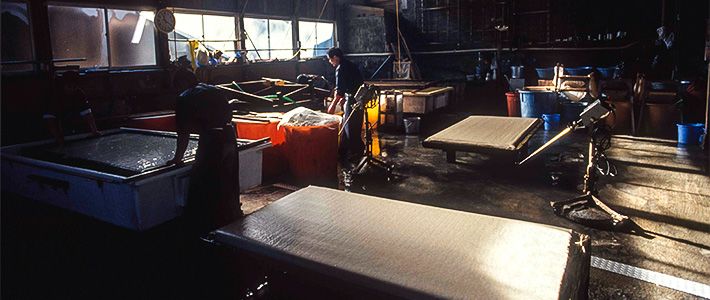

Leave a comment: